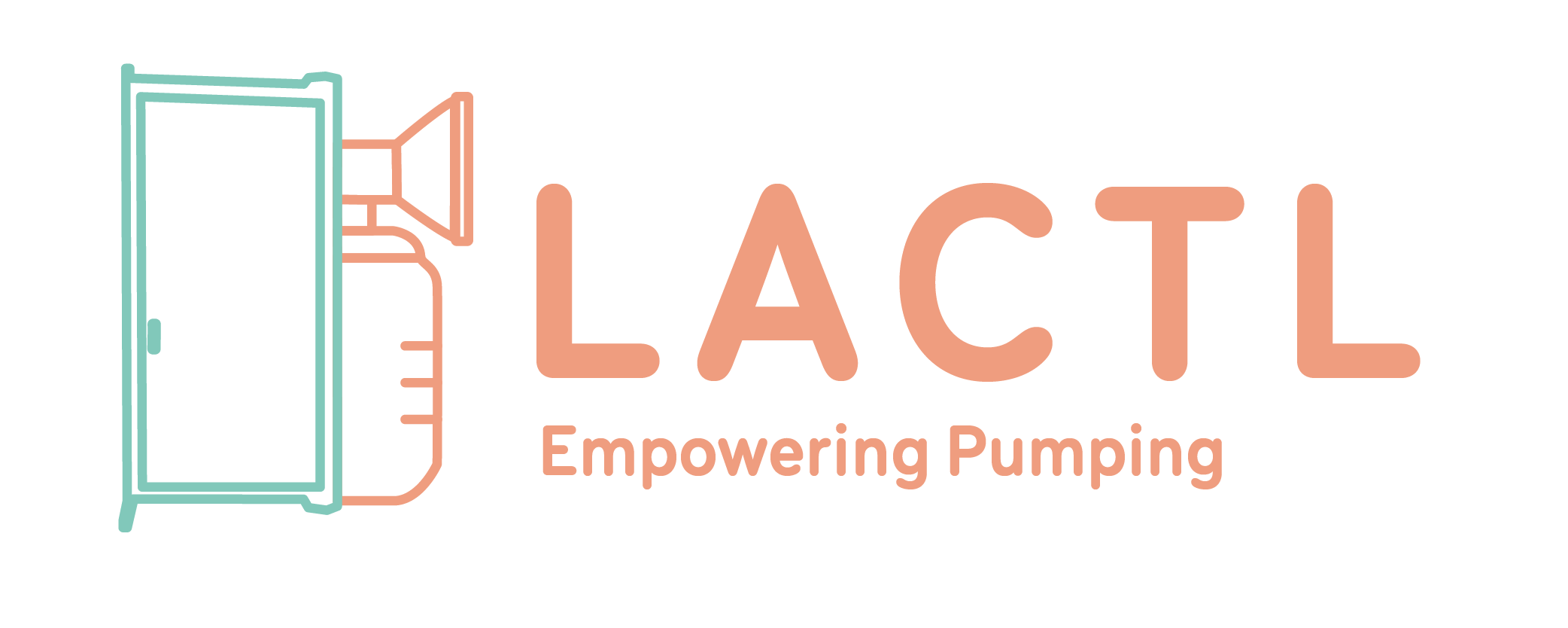What to Consider When Supporting Your Nursing Employees.
According to the U.S. Department of Labor, 70% of mothers with children under 18 participate in the labor force.¹ Working moms are the norm in most offices, so it is no wonder that a lactation space is highly desired by employees who return after childbirth. As employers, it is now the law to provide a private space (that is not a bathroom) for a woman to express milk.²
By providing a private, hygienic lactation room for nursing mothers will certainly help with the transition back to work more easily. As well as driving a positive business result through increasing productivity, loyalty and reducing health care costs from these employees.
Businesses with 50 or more employees must provide a reasonable break time for an employee to express breast milk for her child for one year after giving birth. You are also required to provide a space, not a bathroom, and free from intrusion by coworkers and the public to express milk in.
If you are an employer who is yet to act on this law, or simply wants to support their female employees. We have highlighted three things to definitely need to consider:
Time
How will you business accommodate breaks for nursing women to express milk?
A mother will need to pump during the times they would feed their baby if they were at home. This can mean a mother may need to pump at least 2-3 times during a working day. Pumping can take about 10-15 minutes, which means a schedule of specific breaks or during lunch or meal periods should be organised.
If you have more than one employee who needs to express, how do you accommodate their break times to continue with a productive workday? Talking to the employees, and their needs, is the best place to start.
Roles and Responsibilities
Establish clear expectations, listening to what the employee needs and what you can offer.
Education is a brilliant way to start. Do you supervisors, managers, and employees all understand the benefits of breastfeeding and why this employee needs time in which to do it. There is plenty of information available from: le leche, womans.gov etc
Remember legal rights and requirements for supporting nursing mothers. The law to provide a private space is for all mothers, whether they are breastfeeding or not.
Whilst it is the responsibility of the woman to notifying their employer of their needs, it is the employer who must provide options for expressing milk before maternity leave. Especially to establish a working schedule and a specific space for the individual as needed.
Space
How will you provide private areas where women can express milk?
There are plenty of options for lactation spaces (that is not a bathroom). If you can afford to, a permanent designated lactation room is perfect. This room must be private, shielded from view (even windows) and free of intrusion from coworkers and the public. If you have more than one employee needing to express milk, is your space large enough? Remember basic amenities that will need to be available to make the space functional for expressing milk, such as a chair, socket for an electronic pump and a flat surface.
If you have an open plan office, or it is too costly to add a fixed space, consider a flexible option. With privacy screens, the space to express is available on an as-needed basis. Providing secure privacy temporarily can be located in break lounges, secured rooms or offices. And with flexible partitions, they maintain their original function, as well as being hygienic, comfortable spaces for women to express.
Overall, the most simple tactic is to talk with both pregnant and nursing employees, as a way to directly discuss their needs. To make their transition back to work as comfortable as possible.
Lactl Privacy Screen.
Get in touch today to see how we can help you create the perfect lactation program for your employees.
¹https://blog.dol.gov/2017/03/01/12-stats-about-working-women
²https://www.dol.gov/whd/nursingmothers/Sec7rFLSA_btnm.htm


